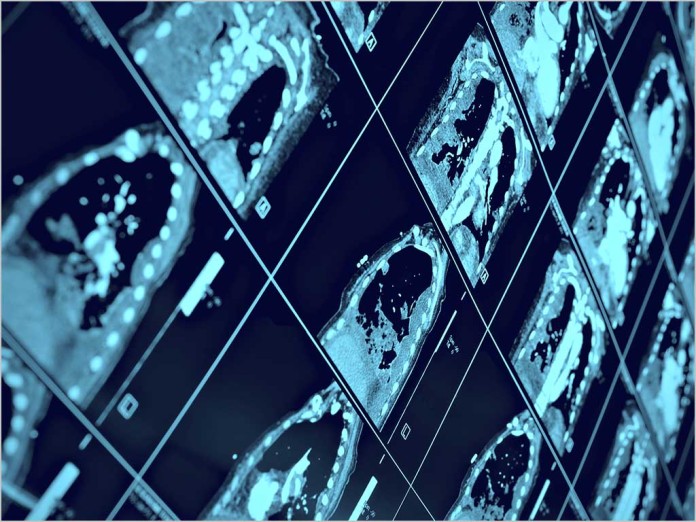
news TPG Telecom has inked a “multimillion dollar” deal with medical imaging company I-MED Network that will see the telco deliver a dedicated high-speed network connecting all I-MED locations across Australia.
In a joint statement, the firms said TPG’s national fibre assets will “significantly improve” I-MED Network’s capacity to distribute medical images to its 180 clinics covering all major metropolitan areas and many parts of rural and regional Australia.
The new network will provide speeds of up to 10Gbps, with the majority of I-MED locations achieving 20- to 50-fold increases in bandwidth, the statement said.
Steven Rubic, I-MED Network CEO, said the agreement would see the two companies work to “future proof” the distribution of medical images.
“I-MED Network is committed to providing the latest medical imaging equipment across our clinic network, which will enable us to ensure superior outcomes for our patients and referring doctors,” he said.
Recent advances in equipment such as CT and MRI scanners, as well as mammography machines, allow I-MED Network to capture images with increased detail.
While this has enabled faster diagnosis of health conditions, Rubic explained, the firm’s current network bandwidth was not always able to meet the demand required by the increased size and quantity of images.
The TPG network solution will allow I-MED to make better use of “exciting, cutting-edge imaging technology”, he said, adding: “We will now be able to take full advantage of state-of-the-art 3D rendering applications, which provide our radiologists with incredible detail and new capabilities in image manipulation, ultimately improving diagnostic accuracy.”
Mark Rafferty, TPG’s General Manager, Enterprise & Wholesale, commented: “TPG is proud to partner with I-MED in delivering network services of such a critical nature to communities across the country.”
With the TPG network, he said, it is both “technically possible and commercially viable” to provide high-capacity network services across the nation, not just in metropolitan areas.
“We are very pleased to be working with I-MED in building a network that will provide the opportunity to drive new technology for the benefit of patients and doctors,” he concluded.
Rollout of the network has already commenced, with completion scheduled for the end of the year, I-MED said.

What? Wasn’t copper meant to be good enough? This is an affront to copper’s magnificence!
+1
Lol!
yeah Cu is totally good for ‘Today’s’ needs.
Anyone saying different is on the crazy sauce!
Hmm so we’ve 2 precise examples now of how copper isn’t capable to meet today’s demands and its not even tomorrow yet!
FTTN not good enough for I-MED?
No one needs more than 10GB..!
Someone better make up a fresh batch of MtM Koolaid and get it to them stat!!
Physical assets are king in the telecom game, always has been and always will be.
That is something Malone and Hackett did not want to be part of, instead they just wanted to be resellers of other people’s networks, which ultimately became their undoing and eventual demise (sellout).
Great to see Teoh putting his Pipentworks and AAPT asset rich acquisitions to good use.
This.
Truly useless anecdote, but I’ll spam it here anyway.
Reminds me of the last time I want to get some medical imaging done. Actually it was two lots, X-Rays and ultrasound. My doctor sent me off to do so in the morning, I spent the next couple of hours doing some shopping and lunch. Then I went to the hospital to have them done, they handed me the images, on paper and optical disk. I carried the results back to my doctor that afternoon.
The entire time I was walking around three suburbs, no driving. I wouldn’t even call it sneakernet, I was barefoot.
The doctor’s comment – “That was quick!”. Expectations need some managing here.
Not that useless mate, it probably a pretty representative example for when it comes to how much time and money gets wasted without a decent network.
Comments are closed.